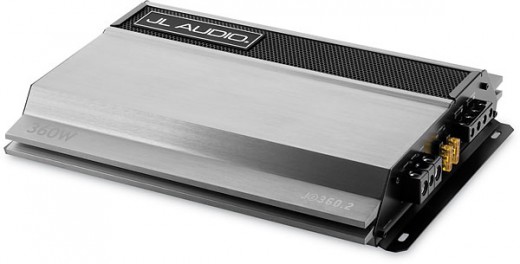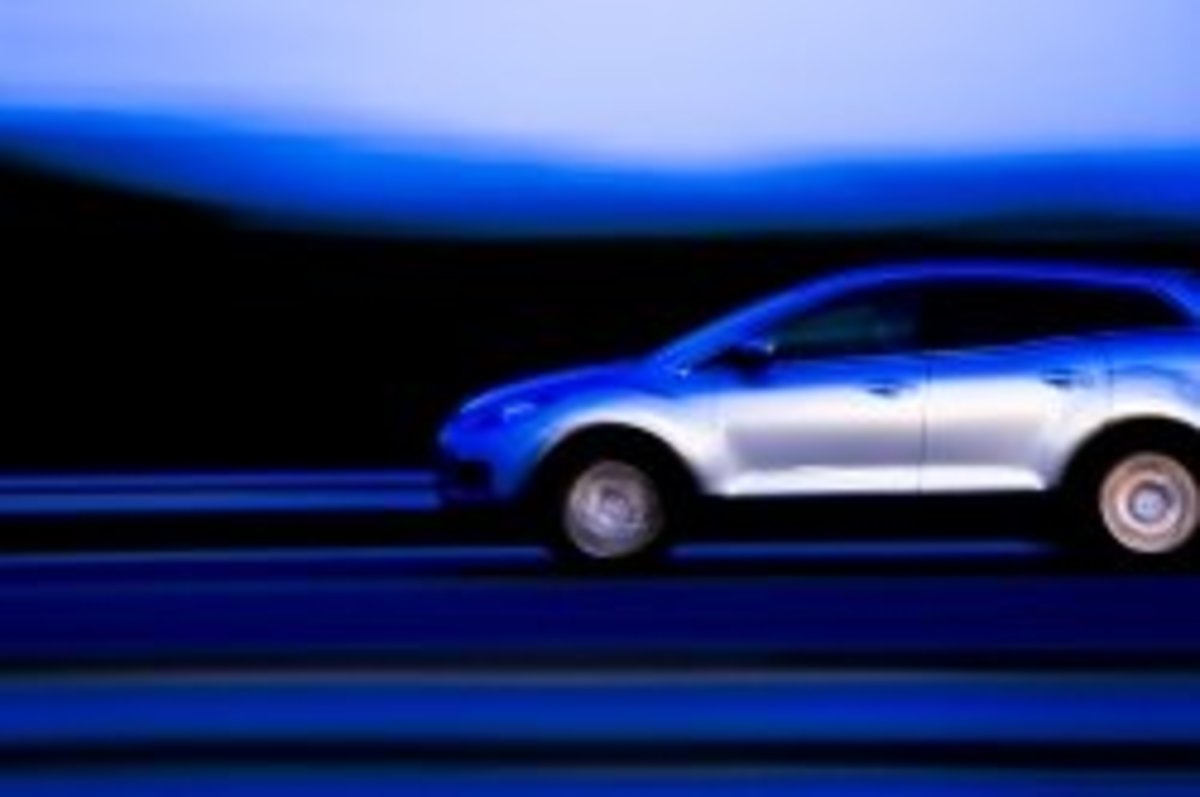Guide to installing a Car Audio Amplifier

When you decide to install a car audio amplifier into your vehicle, the work, in theory is not so difficult. But, in reality, it can be a frustrating and time consuming project. There are often panels that need to be removed, you will need to run quite a bit of wiring, and you will be tying into you cars' electrical systems, in order to complete this project. It is important to stay on task and complete the project step by step, in order not to find yourself overwhelmed with a car that is all tore apart and not in working order. Before you start this project, you will want to make sure you have an afternoon to complete it, your amplifier you plan to install, an amplifier kit, and tools. You will most likely need a couple screwdrivers, wire stripper, crimp style wire connectors, wrench set, voltmeter, and Drill with a drill bit.
Your first step in this project is to mount your amplifier in the location you plan to store it. On a non-conductive surface or with rubber grommets to insulate if from the automobile structure. Once you have your amplifier mounted into its new home, you will need to determine which side of the car your battery is on.
Once you have determined which side the battery is on, it is time to run your wires. I tend to recommend you run all of them at one time, up to your dashboard area. You will have RCA connectors to run to the stereo, your speaker wires from your amplifier, unless you are adding sub woofers, then you will not need to run your speaker wires, you will have your Power on switch wire and you will have your main power wire. I have no easy solution for you on this. You will most likely want to run it under the carpet, most likely through the center counsel area. This means there is a good chance you will need to remove the center counsel to make sure you are able to fish the wires through. If this seems too much, you can also try to run the wiring behind the side panels of your car, and along the lower plastic kick plates along the door. Which ever you decide, once you reach the dashboard area with the wiring, the power switch wire and RCA wires, and your speaker wires will be left here. They will be tied into your car stereo, so make sure your cords are long enough. The power cable needs to be routed through your firewall. This can be a little intimidating, because you need to drill a hole in your firewall big enough to install a rubber grommet that is properly sized to your power wire. You will want your hole to be as far away from the engine as possible to limit the heat the wire will see. and you will want to make sure you do not drill into any vital components that may be mounted on the other side of the firewall.
Once the hole is drilled and the grommet is in the hole, you can route your wire through the hole. Route it along the edge of the engine compartment, using zip ties or screw down ties to hold it in place. Once you have it routed to your battery, you will need to install your In-line fuse block. I would recommend this be as close to the batter as possible, to limit the heat also. At this time, your power has been routed, don't connect it yet, we are not there yet!
Now that you are done with running the main power, you can go back into the front where you left your power switch wire and your RCA wires. You need to determine what wire is your power on wire for your stereo. To do this, you will either need a wiring diagram for you car make and model or you will have to do it by trial and error. You will need to check all the wires that plug into the back of your stereo to find out which one only supplies power to the stereo when the ignition key is in the on position, so, first check the wires before turning the key to the on position to find your constant power source, and mark this as not the wire you want. Next, turn the key on, and find the wire that is now live. This is going to the the line you will want to tie into for your amplifier switch. Once you have found this wire, turn the car off, and disconnect the battery. Once your battery is disconnected, cut the wire you marked and tie in your new amplifier switch wire. I prefer using crimp style connectors, but you can use the screw type. Please, don't use just electrical tape, it tends to lose its stick with age and can result in a bare wire in time.
Now the hardest parts are done! You can now connect your RCA cables to the outputs on the back of your stereo, and tie connect your existing speaker wires to your new amplified speaker wires. This whole step may vary depending on your existing set up. If you are tying into a stock stereo, you will most likely not have Any pre-amp outputs on your stereo. This means you will either need a converter that will convert your normal stereo speaker outputs to pre-amp levels, or you will directly run your existing speaker wires into the amplifier, as long as your amplifier can accept them. Also, if you are only adding sub woofers to your system, you will not have run your new amplified speaker wires into the dash, instead you would have directly connected them to your sub woofer terminals.
It is now time to connect your ground wire. To do this, you need to locate a bare metal place that directly ties into the car structure. Once you have located the place, drill a small pilot hole and screw the ground down.
Now the amplifier is completely installed, except for your power wire. So, you can go back under the hood and connect the power wire to the positive battery terminal. This will complete the amplifiers circuit.
The next step would be to test the system. If it works congrats, if not, you will have to problem solve through the system. Make sure your main power is getting power, if you are getting constant power, you will also want to make sure your power switch is getting power when the ignition is on. If those two things are ok, you will want to make sure you have good contact on your ground. You can do this by using your volt meter between your power and your ground connectors. If this is all ok, your amplifier should be powering on, if it is not, there may be a problem with the amplifier itself, if it is turning on then your problem lies in the way your speakers are connected. Make sure they are connected properly and try again.
Enjoy your Car audio Amplifier and the additional sound quality it produces.
Thank you for reading




